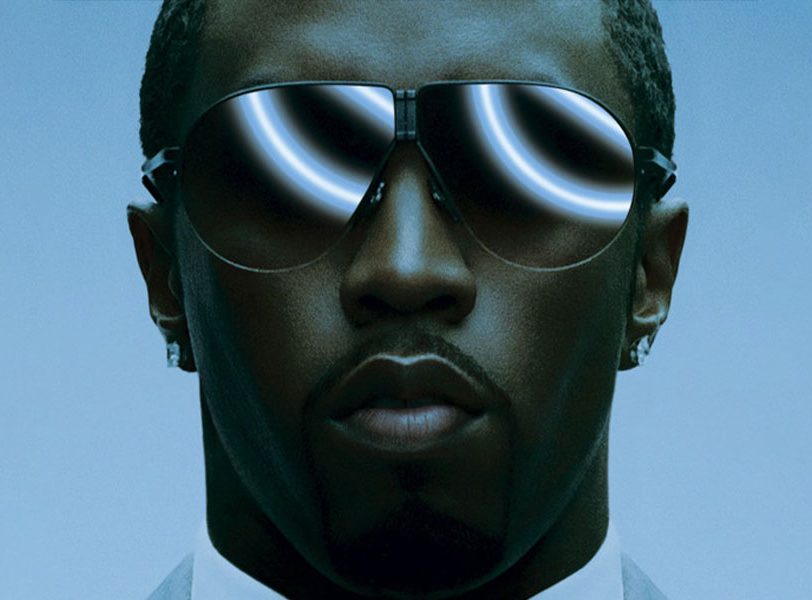With this mindset, Diddy strove to strike a balance between floor-rattling pop-rap beats and heartfelt sentiment. In fact, each song on Press Play could serve as a diary entry, mirroring Diddy’s personal journey into adulthood. Tracing his development from a young and impulsive romantic to a wizened family man, the album explored more mature and grown-up themes that hip-hop artists had usually shied away from. “Press Play was a real love project,” the then president of Atlantic Records, Julie Greenwald, attested. “Diddy spent a year and a half working on it. I’ve never worked with someone with such a meticulous attention to detail.” Weaving a tale of love, growth and artistic evolution, the album was set to be Diddy’s most ambitious release yet.
The recording: “The vibe of this album is about giving”
Recorded from 2005 to 2006 at more than a dozen studios across the US, Press Play’s geographical sprawl played a pivotal role in shaping its diverse sound. From the bustling streets of New York City to the soulful scenes of New Jersey, the rhythmic energy of Illinois to the Southern style of Atlanta, and the sun-soaked shores of Miami Beach to the surf-ready sanctuary of California, the songs tapped into the bounteous musical landscapes of each location, infusing the album with a dynamic range of influences. This cross-country sonic journey added depth and richness to the record, capturing the essence of different regions and genres along the way.
Exemplifying his commitment to supporting female talent, Diddy added further dimensions to Press Play by inviting Christina Aguilera, Mary J Blige, Brandy, Ciara, Keri Hilson, and Keyshia Cole into the recording studio. These talented singers, each possessing their own unique styles, brought their vocal prowess to the mic, appealing to fans of both commercial pop and R&B in equal measure. Most notably, Blige’s soulful presence on the track Making It Hard brought new heights of emotional intensity to lyrics about a prickly love interest (“You makin’ it so damn hard/For me to love you”).




